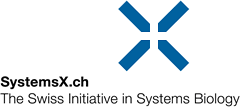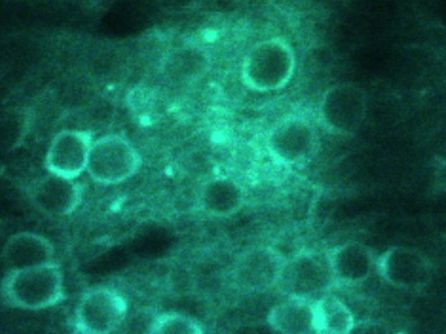News
The rules of change: long-term imaging of brain plasticity
The brain is not hard-wired but rather undergoes continuous re-modeling to support learning and adapt flexibly to an ever-changing environment. Brain plasticity is particularly important in response to an injury, such as amputation of a limb, where the brain regions responsible for the amputated limb can take over new functions. While plastic changes in brain regions are well documented, it has remained unclear how activity in individual neurons changes during plasticity, mainly because neuroscientists have not been able to measure activity from individual neurons over long enough time periods. Researchers in the SystemsX.ch RTD Project Neurochoice (coordinated by Fritjof Helmchen, University of Zurich) have devised a new approach for imaging the activity of individual neurons in the cortex of mice for many weeks. Using a virus, they expressed a calcium-sensitive protein in cortical neurons and imaged the cells through an implanted glass window. Because calcium concentration increases when cells are more active, they could use this technique to measure activity of individual neurons, sometimes for up to several months.
Cellular mechanisms revealed
In a recent article published in Nature Neuroscience, Fritjof Helmchen and his colleagues report that neuronal activity in the cortex of mice is highly heterogeneous following stimulation of the whiskers, usually only leading to excitation of a few highly responsive cells. When they trimmed the whiskers, however, they found that highly active neurons reduced their activity while the large fraction of unresponsive cells became more active. These findings shed light on the cellular mechanisms underlying brain plasticity and also offer scientists a new approach for long-term investigations of neuronal activity for example during neurological diseases such as Alzheimer’s disease.
Picture: Neurons in the mouse brain expressing a fluorscent activity sensor.
© Helmchen Lab
Reference: Margolis DJ, Lütcke H, Schulz K, Haiss F, Weber B, Kügler S, Hasan MT, Helmchen F (2012), Reorganization of cortical population activity imaged throughout long-term sensory deprivation, Nature Neuroscience 15(11):1539-46. doi:10.1038/nn.3240

